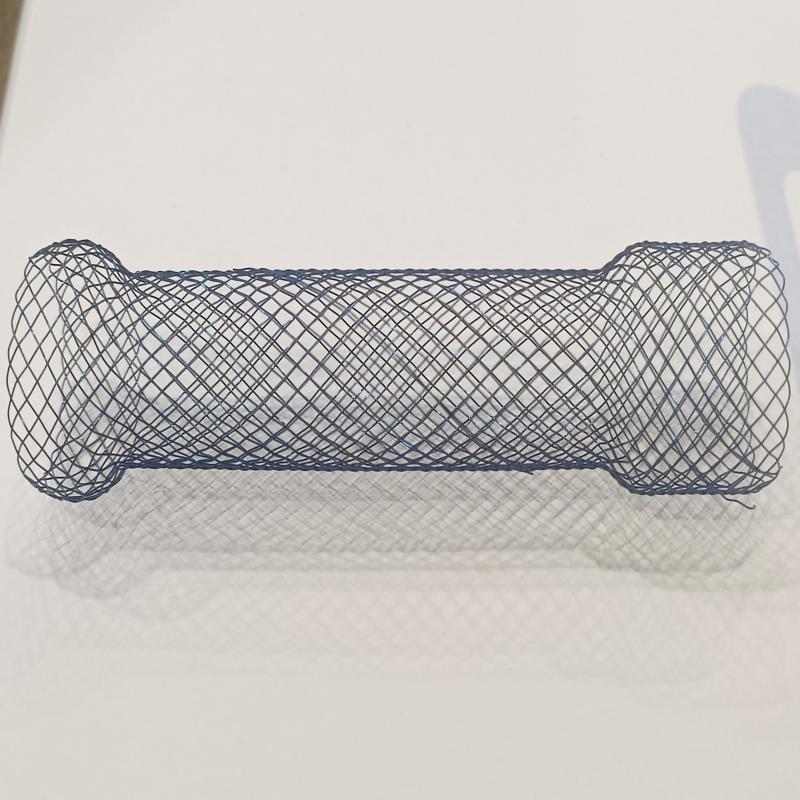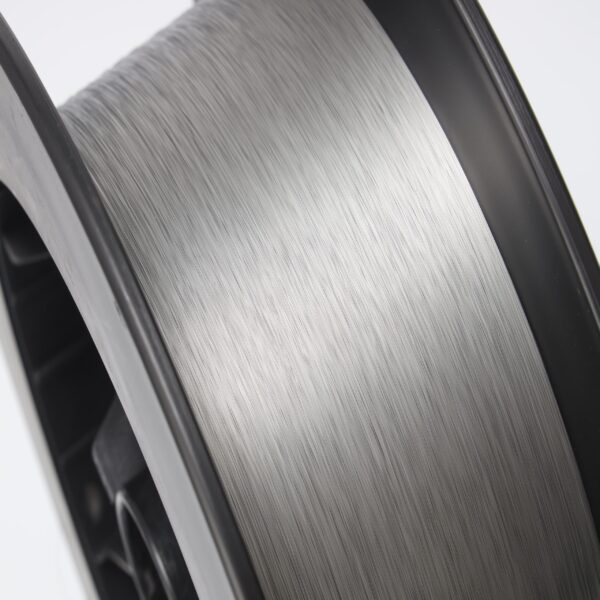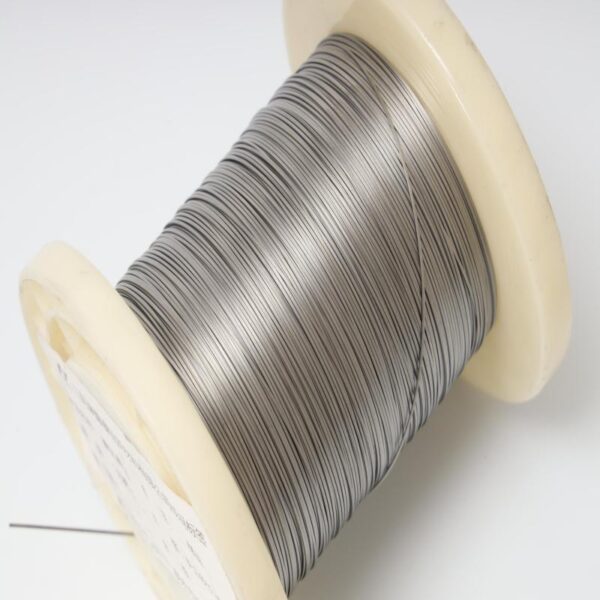Cutting-edge nitinol stents deliver superior performance in cardiovascular and peripheral treatments through advanced shape-memory alloy technology.
Description
Basic Information and Composition
Nitinol stents utilize a specialized nickel-titanium alloy known for its unique properties. This shape-memory alloy stent can return to its original form when exposed to body heat. Medical professionals value it for its high biocompatibility and corrosion resistance. The material’s flexibility allows for minimally invasive deployment in narrow vessels. Researchers continue to explore new medical applications for this innovative alloy.
Primary Medical Applications
Nickel-titanium stent alloys serve critical roles in cardiovascular interventions. They effectively treat coronary artery disease by keeping blood vessels open. Peripheral artery disease patients benefit from their flexibility in leg arteries. Urologists use them for urethral strictures, while gastroenterologists deploy them in esophageal obstructions. Their versatility extends to neurovascular and orthopedic applications as well.
Advantages Over Traditional Stent Materials
Nitinol stents demonstrate clear superiority compared to stainless steel alternatives. The shape-memory alloy stent withstands greater mechanical stress without fracturing. Unlike rigid metal stents, they accommodate natural vessel movements comfortably. Reduced fracture rates lead to fewer long-term complications for patients. These benefits explain their growing preference in interventional radiology and cardiology.
Key Technical Characteristics
The nickel-titanium stent alloy exhibits two remarkable physical properties. Superelasticity allows extreme bending without permanent deformation. Thermal shape memory enables pre-programmed configuration changes at body temperature. Excellent fatigue resistance ensures durability through millions of cardiac cycles. These traits combine to create exceptionally reliable medical implants.
Expanding Global Market Presence
The nitinol stent market shows consistent annual growth worldwide. Aging populations and rising cardiovascular disease rates drive increased demand. Emerging economies are adopting these devices as healthcare infrastructure improves. Manufacturers continue introducing innovative designs like bioabsorbable nitinol hybrids. Industry analysts project sustained expansion through the next decade.
Specialized Delivery Systems and Accessories
Modern nitinol stent procedures utilize advanced deployment technologies. Precision catheters enable accurate placement in complex anatomies. New generation introducer sheaths minimize vascular trauma during insertion. Some systems incorporate real-time imaging compatibility for enhanced visualization. These technological improvements contribute to better clinical outcomes.
Ongoing Research and Future Developments
Scientists are investigating next-generation nickel-titanium stent alloys. Current studies focus on surface modifications to reduce restenosis rates. Researchers are testing drug-eluting versions with advanced therapeutic coatings. Some prototypes incorporate biodegradable elements for temporary applications. These innovations promise to further revolutionize vascular interventions.
Training and Clinical Support Systems
Leading manufacturers provide comprehensive physician education programs. Simulation platforms help surgeons master complex deployment techniques. Online case libraries offer valuable procedural insights. Dedicated technical support teams assist with challenging implant scenarios. Such resources ensure optimal utilization of these advanced medical devices.





Reviews
There are no reviews yet.